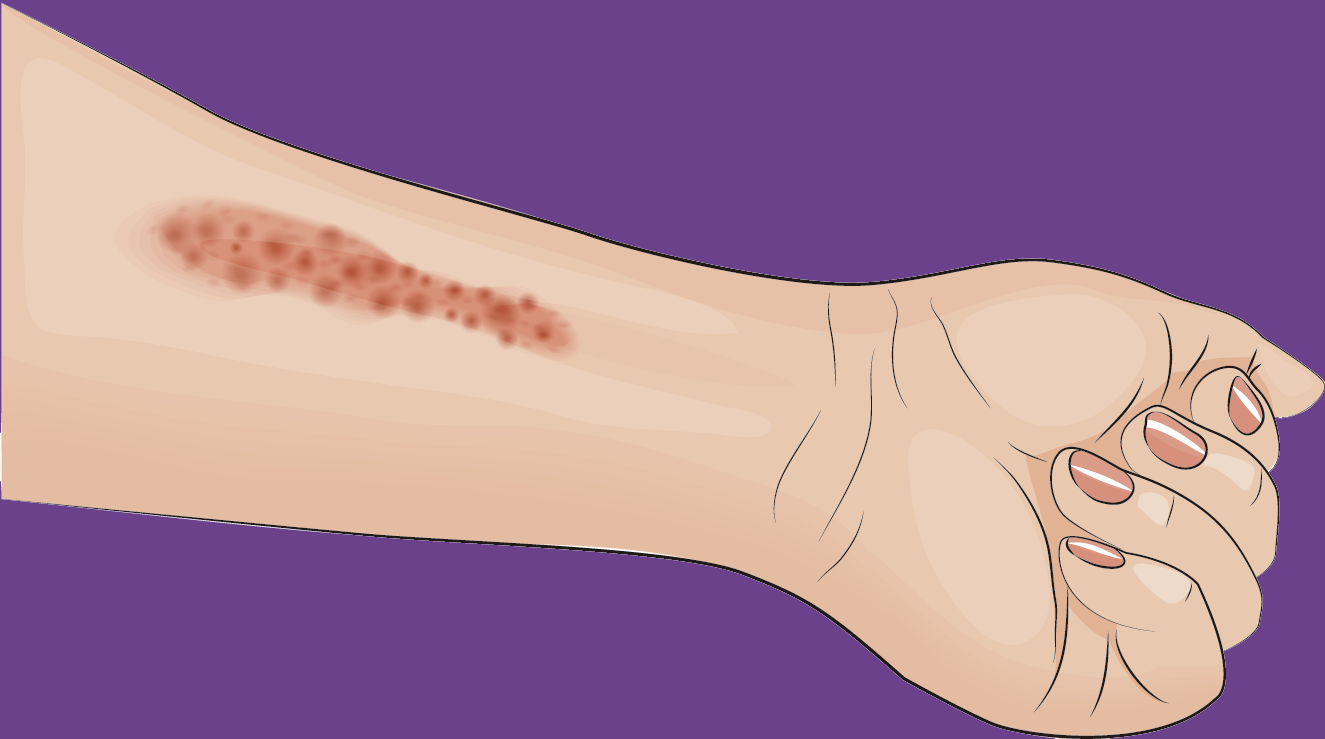
Antihistamines targeting the histamine H₁ receptor play an important role in improving and maintaining the quality of life of patients with allergic rhinitis. For more effective and safer use of second-generation drugs, which are recommended by various guidelines, a classification based on their detailed characteristics is necessary. Antihistamines for first-line therapy should not have central depressant/sedative activities.
Among the non-sedating group, fexofenadine and bilastine are classified into “non-brain-penetrating antihistamines”.
This review summarizes that the non-brain-penetrating antihistamines should be chosen for the first-line therapy of mild allergic rhinitis.



















